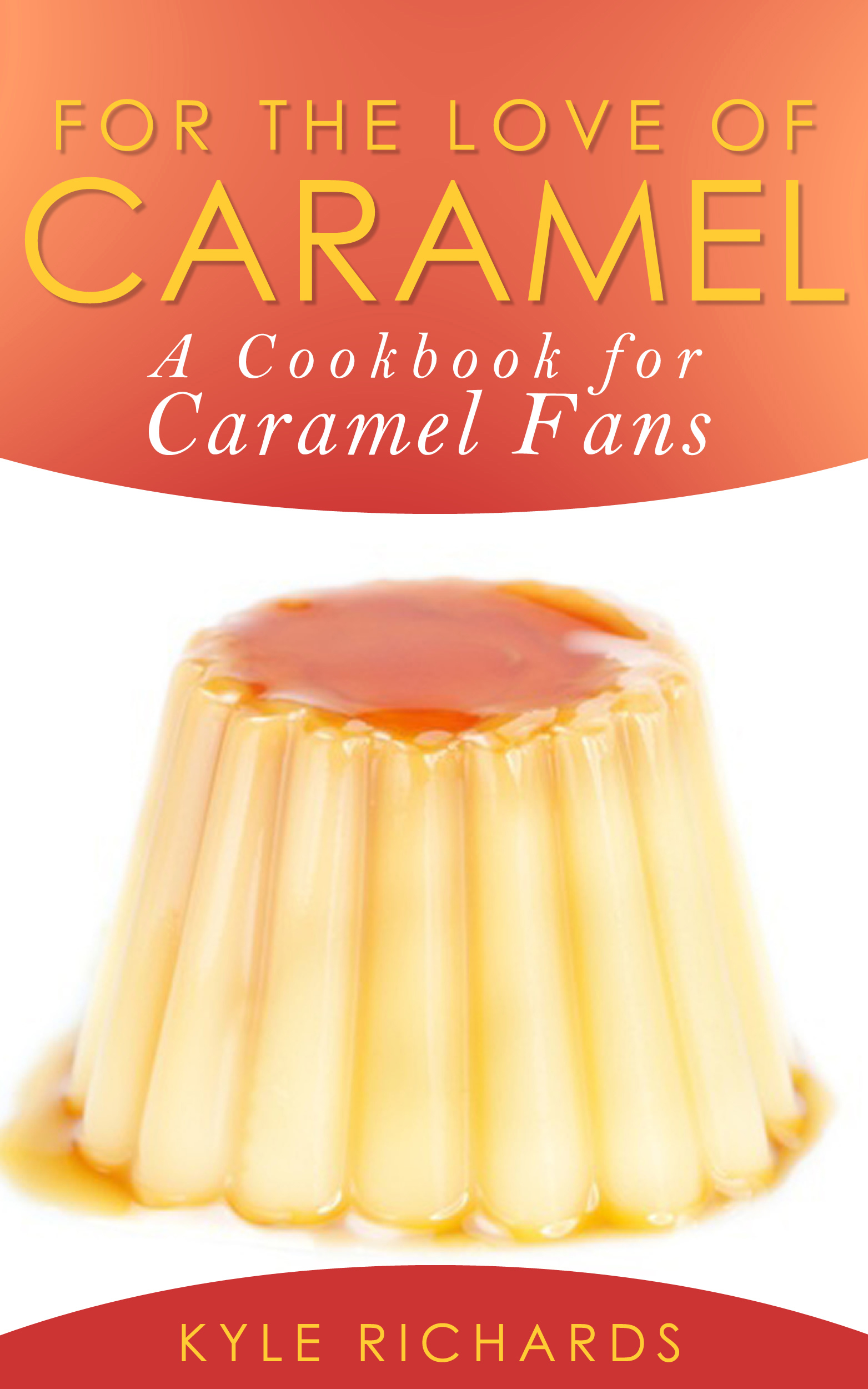
For the Love of Caramel - Recipes Devoted to Caramel Fans
Did you ever have that dream where everything is made of caramel… and you bounce through your day gorging on everything in sight? For The Love of Caramel is the book for you! But it’s not a dream, this is real! This is the first, last, and every word in-between about caramel: its history, the best kinds, how to cook with it, trivia, you name it, we satisfy your sweet spot for caramel. Over 50 mouth watering recipes of caramel desserts you can make at home. Sink your teeth into the gooey, sweet, irresistible world of caramel!
4.5 star reader reviews. Ebook only in English available, book is very new so no stats yet.
Amazon Best Sellers Rank: #249,676 Paid in Kindle Store (See Top 100 Paid in Kindle Store)
I will be also making this into a paperback edition through Babelcube (hopefully more commissions for your work you do once), and will set up a landing page for this book and promote it (as with all my books)
Caramel has a wonderful flavor on its own, but it goes so well with many other flavors. Caramel is not just for candies. Cakes, custards, tarts, pies, ice creams, and many other desserts are taken to new and fantastic heights with the wonderful flavor of caramel.
Describing the flavor of caramel is not easy because caramel itself is often used to describe the flavors of other foods and beverages, like chocolate and wine. Think of caramel as having a mildly sweet flavor that is sweet and rich but not overpowering. You taste the flavor of caramel instantly. Caramel also lingers, leaving a wonderful aftertaste. And caramel goes very well with just about everything in the dessert kitchen. Most people love caramel with chocolate and nut desserts. Everyone will agree that caramel has a wonderful aroma. Whenever one smells caramel, taste buds perk right up in anticipation of something fabulous to come.
Food historians believe caramel is primarily an American creation. But as far back as AD 1000, Arab cultures were using something called kurat or milk, which means small ball of sugar. This was made by crystallizing sugar in boiling water, resulting in a sweet, firm, and crunchy substance. And it was the Arabs that created the first industrial sugar refinery on the island of Crete. It is believed that the English word “candy” came from the Arab word qandi, which means crystallized sugar.
| Language | Status |
|---|---|
|
French
|
Already translated.
Translated by Cecile Sune
|
|
Italian
|
Already translated.
Translated by Simona Leggero
|
|
Portuguese
|
Already translated.
Translated by Mariana de Oliveira Yonamine
|
|
Spanish
|
Already translated.
Translated by Moises Costilla
|